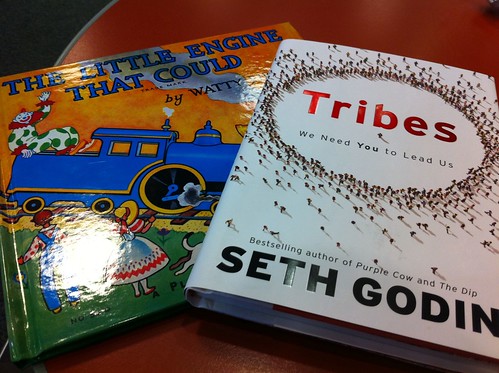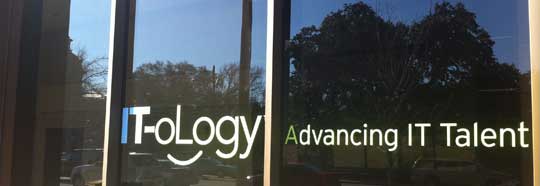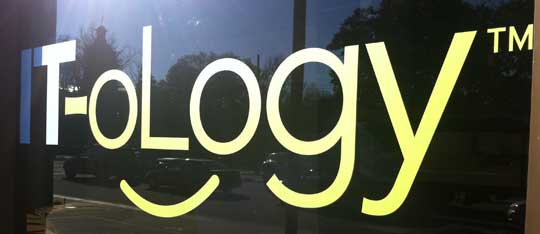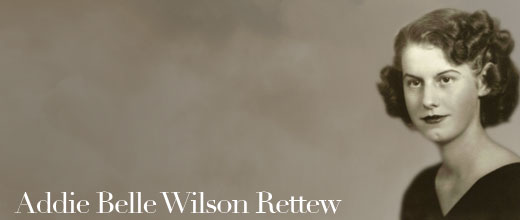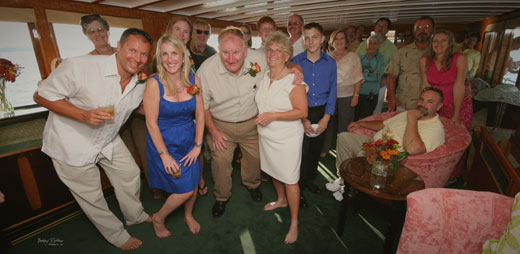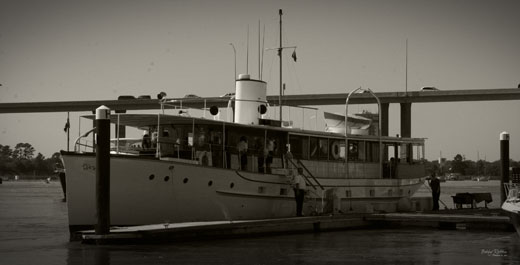According to AccessHealthSC.net, “According to the most recent data, roughly one in six South Carolinians has no health insurance. The number one reason they give for not having health insurance is that they cannot afford it.”
AccessHeathSC.net also states, “And that’s a problem for all South Carolinians. People without health insurance are more likely to delay needed medical care until they become very ill. They are more likely to go without screenings or preventive care. Often, emergency rooms are a primary – and not always appropriate – source of care. In 2007, South Carolina’s hospitals provided $1.3 billion in services for which they were not paid. Businesses with insurance are paying increasingly higher premiums to underwrite the cost of care to the uninsured. High costs are forcing many small businesses to stop offering health insurance. Today, only 33 percent of private sector employees with fewer than 50 workers offer insurance to employees.
According to a survey by the US Centers for Disease Control and Prevention (CDC), 46.3 million Americans, or about 15.4%, did not have health insurance coverage in 2009, representing a slight increase from 2008. Nearly 60 million, or one in five, had gaps in insurance coverage over the course of the year, according to the survey data.
They are all around us. They might be you and I. From small businesses, entrepreneurs, and even big-box companies; millions of Americans do not have access to care because the lack of insurance. These Americans are all around us…for every five people around you, one does not have insurance. They are in our emergency rooms, free medical clinics, places that offer services when they have no where else to go. This hurts, it breaks my heart. I know…I had no insurance for close to six months and it was stressful.
As one of the most prosperous countries in the world, we cannot even provide affordable health care to those in need. As I worked with the Duke Endowment and the NC Association of Free Clinics to produce the video above, so may are scared. They are scared of hospitals and doctors offices not only because of the medical outcomes that surround them, but wondering if they will be turned away because of the lack of insurance or resources to afford the services.
The system is broken and there is need of reform. There are those that abuse systems with programs like Medicaid and Medicare. But for those who abuse the system, there are those that are flooding the Emergency Departments everyday with simple needs that have lingered so long it has turned into critical medical issues.
Let’s think for a second, if one person could have access to high blood pressure medication, it could save a hospital hundreds of thousands of dollars in unnecessary costs and resources. That preventative care could keep that person from a serious heart attack, which leads to CCU and ICU care in a hospital. That care for an uninsured individual could run hundred of thousands of dollars, and could be prevented with access to simple medication. This is just one of the many examples.
Did you know that in North Carolina $167,629,250 in free health care services were delivered to uninsured patients totaling more than 200,000 patient encounters during 2009, thanks to the efforts of 6,200+ volunteer health care professionals and other community volunteers donating more than 262,000 hours of service.
So how can you help?
- Volunteer your time to Free Medical Clinics in your area.
- Give your money to Free Medical Clinics in your area.
- Educate yourself about how health care reform is really going to impact you and the people around.
- Share this story with others using Facebook, Twitter, and any other outlets that you have access.
- Write your representative on the local, state, and federal levels to let them know you care.
To learn more, go to AccessHealthSC.net or NCFreeClinics.org.
To read more about what the NC Association of Free Clinics is doing to help the uninsured, CLICK HERE to download their fact sheet.



